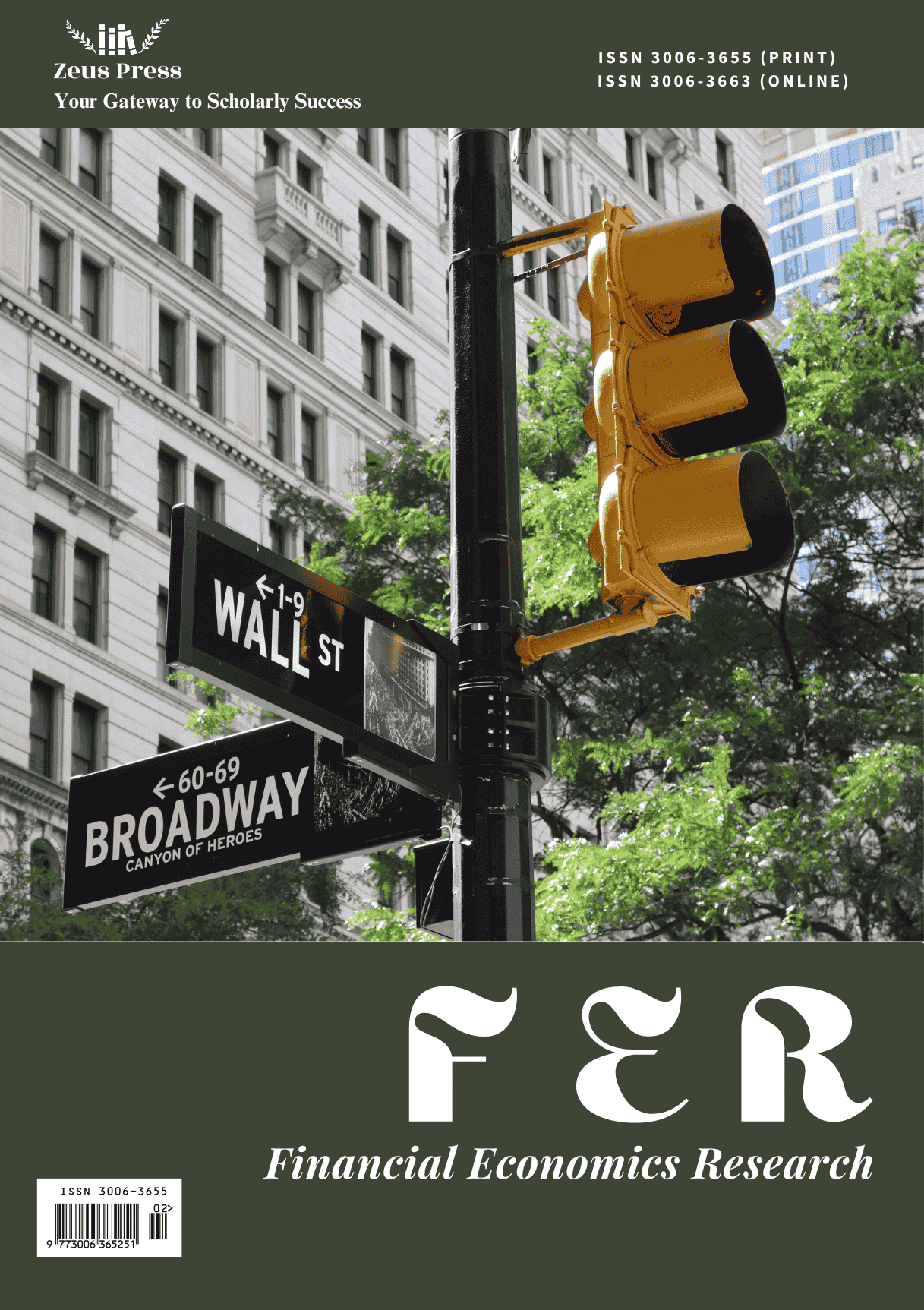Influence of Regional Culture on the Informal Economy:A Case Study of Nanning, China
Main Article Content
Keywords
Informal economy, regional culture, social networks, cultural entrepreneurship, institutional adaptation
Abstract
The informal economy plays a vital role in developing regions, yet how cultural capital shapes its dynamics remains underexplored. This study investigates how Nanning’s regional culture—folk song traditions, festivals, and ethnic food practices—mediates informal economic resilience. On the basis of ethnographic fieldwork and interviews with informal vendors, this research combined a comparative analysis of Lijiang (tourism-driven) and Xi’an (temple fair-focused) cases to frame the institutional examination. The paper explores those cultural festivals (e.g., March 3rd) that naturally offer platforms for informal trading that enable entrepreneurs to circumvent regulatory impediments while accessing customers. Second, a night-market food culture, predicated on ethnic flavours, encourages decentralized microentrepreneurship. These practices lower entry thresholds for marginal groups and legitimize informal economies within culturally legitimized spaces, meshing livelihood strategies with heritage preservation. Nanning's case study prioritizes place-based cultural capital as a mediator between state policies and informal sectors, resisting rigid formal-informal dichotomies. Policymaking needs to leverage cultural resources to render policymaking more inclusive without undermining grassroots resilience. The study offers a cultural-institutional approach to reconsider informal economies in developing contexts.
References
- Dell'Anno, R. (2022). Theories and definitions of the informal economy: A survey. Journal of Economic Surveys, 36(5), 1610-1643. https://doi.org/10.1111/JOES.12487
- Estevão, J., Lopes, J. D., & Penela, D. (2022). The importance of the business environment for the informal economy: Evidence from the Doing Business ranking. Technological Forecasting and Social Change, 174, Article 121288. https://doi.org/10.1016/j.techfore.2021.121288
- Huang, P. C. C. (2009). China's neglected informal economy: Reality and theory. Modern China, 35(4), 405-438. https://doi.org/10.1177/0097700409333158
- Lin, Y. J., & Wang, X. (2022). Dual circulation: A new structural economics view of development. Journal of Chinese Economic and Business Studies, 20(4), 303-322. https://doi.org/10.1080/14765284.2021.1929793
- Lu, C. (2021). Exploration on the development of ethnic cultural industries in Nanning City. http://www.nnswdx.com/kyzz/dxxb/P020231126827784196399.pdf#page=59
- Parkinson, S., James, A., & Liu, E. (2021). Luck and leaps of faith: how the digital informal economy transforms the geographies of shared renting in Australia. Social and Cultural Geography, 22(9), 1274-1290. https://doi.org/10.1080/14649365.2020.1723134
- Shen, C., & Wan, Y. (2025, January 21). “Culture and tourism +” getting more and more fun! Nanning receives over 176 million tourists in 2024. Guangxi Daily. https://www.gxnews.com.cn/staticpages/20250121/newgx678f6d5d-21733699.shtml
- Wei, H. F., & Jin, Q. W. (2024). Research on the integration of ethnic social work into the inheritance and development of Zhuanghuan Folk Song Culture. Advances in Social Sciences, 13(2), 771-776. https://doi.org/10.12677/ASS.2024.132103
- Xie, K. Y. (2023). A study on urban informal economic spaces from the perspective of spatial production theory [Doctoral dissertation, South China University of Technology]. CNKI. https://cdmd.cnki.com.cn/Article/CDMD-10561-1023947561.htm
- Zhiyanzhan Research Institute. (2023). China's street vendor economy report: A highly distinctive economic form with Chinese characteristics. https://www.zhiyanzhan.cn/


